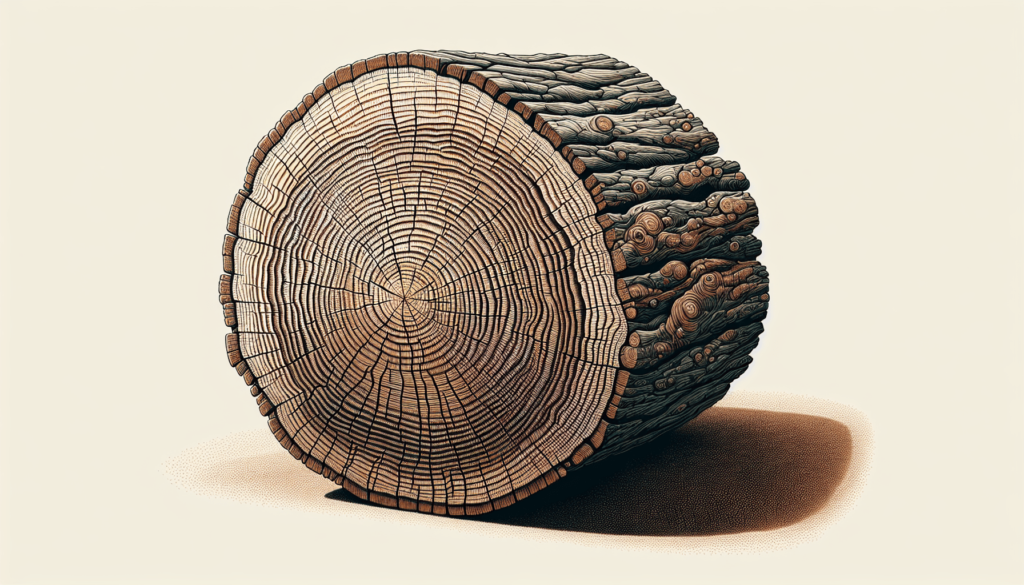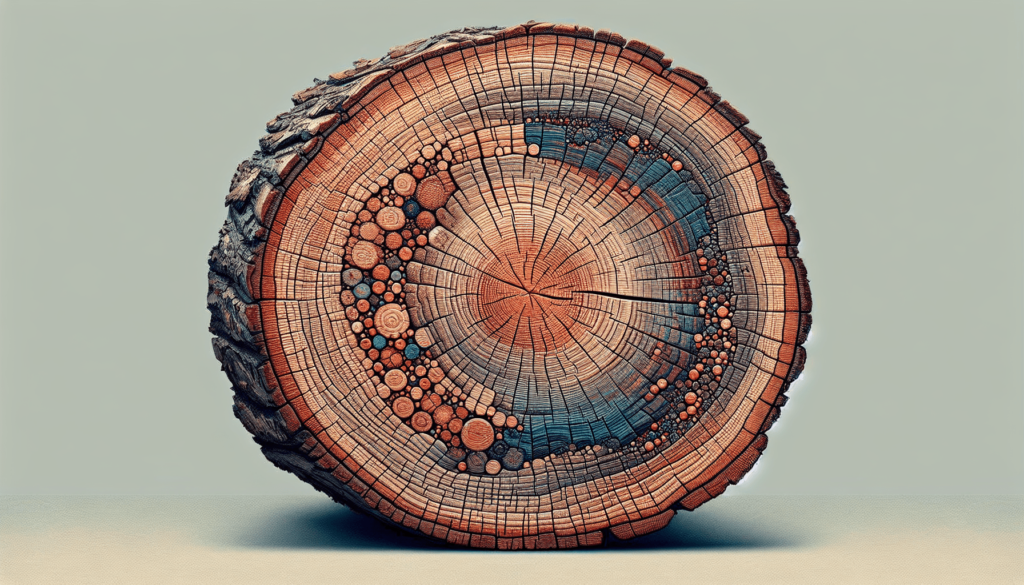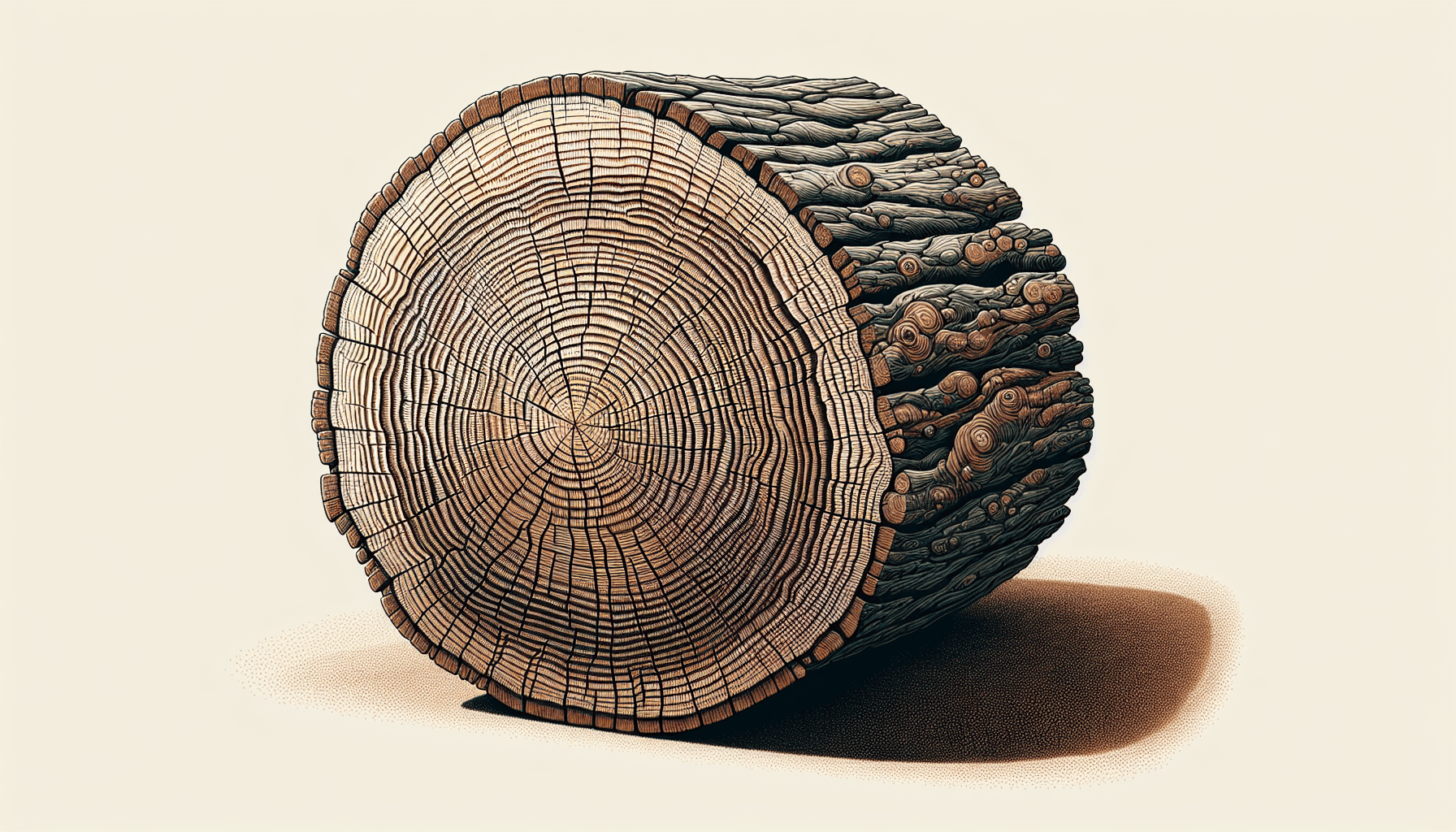When I first got into pyrography, figuring out which woods to use was a journey full of trial and error. Certain woods simply don’t play nice with the craft. For instance, working with softwoods like pine or fir can be frustrating because they often produce uneven burns and can be riddled with sap pockets that mess up your design. Meanwhile, woods like cedar and redwood are typically avoided because of their high resin content, which can produce toxic fumes when burned. It’s all about finding a wood that burns cleanly and evenly to bring out the fine details of your artwork. Have you ever looked at a piece of wood and thought, “There’s no way I can burn this?” Well, neither had I until I dove headfirst into the world of pyrography. Pyrography, for those who haven’t had the chance to twiddle with it, is the art of burning designs onto wood. And like any good hobby, there’s an element of trial and error. Sometimes, you learn more from the errors.

What Wood Is Not Used For Pyrography?
When I first started tinkering with pyrography, I flushed through all sorts of wood lying around, thinking it was just about burning stuff, right? Wrong. I quickly learned that not all wood is created equal. Some types are simply not meant for this fiery pursuit. Let’s put on our safety goggles and dive into the scorched woodpile to explore which woods you should probably avoid.
The Basics of Pyrography-Worthy Wood
Before we slap the DO NOT USE label on certain woods, let’s touch on what makes some woods perfect candidates for pyrography. Typically, the best wood for pyrography is soft, smooth, and has a tight grain. Softness ensures that your burning tool glides across the surface with ease, and the smoothness and tight grain mean clean, crisp lines every time. Here’s a quick list of some primo choices:
| Wood Type | Characteristics |
|---|---|
| Basswood | Soft, even grain |
| Birch | Smooth surface, fine grain |
| Poplar | Pale color, even texture |
| Maple | Hard but smooth surface |
Not All Woods Play Nice
Through some regrettable but enlightening encounters with smoke and splinters, I discovered that there are indeed woods that don’t take kindly to pyrography. Let’s break down the culprits:
Pine: The Deceptively Friendly Foe
At first glance, pine might seem like a solid choice. It’s abundant, lightweight, and easy to cut. But don’t let it fool you. Pine is loaded with resin, which can gum up your tools and result in uneven burns. Also, when you heat it up, the resin can create a rather unpleasant aroma—think of a burnt Christmas tree.
Oak: The Gruff and Tough Kind
Ah, oak. The wood of choice for heirloom furniture and sturdy doors. It’s got character, durability, and, unfortunately, a complexion that’s a little too rough for pyrography. Oak tends to have an open grain structure and is generally harder, which makes it tricky to burn evenly. Plus, its coarse texture can snag your tools, leaving you with ragged lines and a case of the blahs.
Cedar: Smelly Situation
Cedar has a lot going for it—its rich color and unique scent are lovely. However, it also has high oil content and a soft, somewhat unpredictable grain pattern. When burning cedar, it’s common to encounter streaks and uneven lines. And the scent? Lovely in a closet, not so much in a closed room while working on your project. Trust me, your lungs will thank you for steering clear.
Hardwoods: The Misunderstood Aristocrats
Despite being called ‘hard’-wood, not all of them are entirely off-limits. However, certain varieties can be quite challenging for pyrography:
Mahogany: The Richman’s Tedium
Mahogany, a favorite for upscale furniture builders, offers a rich, reddish-brown color that’s hard to resist. Sadly, its hardness and coarse grain make it a bear to burn. Precision is key in pyrography, and with mahogany, your meticulously planned design might end up looking like a smudge.
Walnut: The Bittersweet Conundrum
Similar to mahogany, walnut is stunning and robust. However, its coarse, uneven grain can lead to inconsistent results. If you do manage to control your burns and navigate its tricky texture, the outcome can be quite satisfying. But prepare for some frustration along the way.

Environmental Considerations
Then, you have to think about the ethical side of things. Certain exotic woods, prized for their beauty and uniqueness, should be avoided out of respect for their environmental impact. Here’s a quick rundown:
| Wood Type | Reason to Avoid |
|---|---|
| Rosewood | Endangered species |
| Ebony | Over-harvested, slow-growing |
| Teak | Environmental impact of sourcing |
Dangerous Toxicity
And then there’s the category of woods that you should avoid because they can be downright dangerous to your health. Some woods release toxic fumes when burned, which is the kind of surprise nobody likes.
Pressure-Treated Lumber: A Big No-No
Commonly used for outdoor projects, pressure-treated lumber is infused with chemicals to resist rot and pests. While this is fantastic for your backyard fence, it’s horrific for your lungs. Burning this wood releases harmful chemicals into the air, including arsenic and chromium, making it an out-and-out health hazard.
Plywood and MDF: Sneaky Polyglot
On the surface, plywood and Medium Density Fiberboard (MDF) look like great candidates because they’re smooth and uniform. But these materials are bound with adhesives that can emit toxic fumes when burned. Stick to solid wood to keep your lungs and your workspace safe.
The Importance of Testing Your Wood
Sometimes, it’s about balancing an educated guess with jumping in and getting your hands dirty. When trying a new type of wood, always test a small, inconspicuous section first. You’ll quickly find out how it behaves under the heat of your tool and whether it’s a friend or foe.
Conclusion: Navigating the Wood Maze
So, there you have it. While the world of wood is large and varied, not all options play well with the fire. Stick to woods like basswood, birch, and maple for a smoother, more enjoyable pyrography experience. Steer clear of pine, oak, cedar, and especially any wood with environmental or health concerns.
Keep these tips in mind, and you’ll be set to burn your wood designs with precision, without the unexpected chaos or dangerous fumes. Trust me, your lungs—and future art—will thank you.
I hope these tidbits help you avoid the same smoky missteps I’ve stumbled through. Happy burning!

